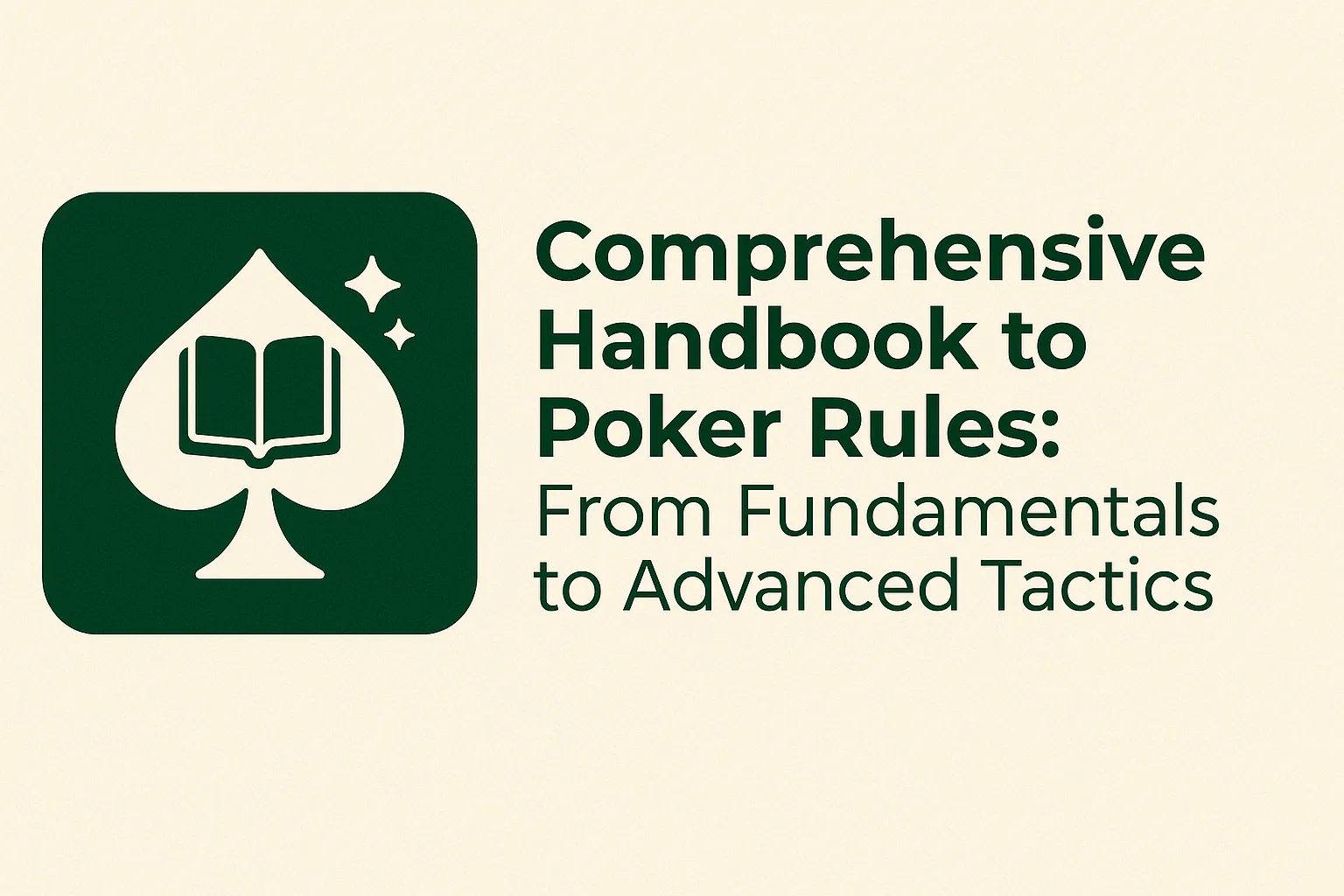
Poker is a game of strategy, psychology, and chance, where ability and cleverness combine in a mental battleground.
With its boundless aspects and profound strategic depth, poker is a realm where patience, skill, and creativity unite to form an optimal equilibrium. It's more than just a card game—it's a competition of minds in which each player attempts to outsmart the other through statistical analysis, sharp psychology, and a bit of luck. If you're a beginner or searching for a reliable website, reading coliseum poker reviews can help you make wise decisions about where to compete.
Let's enter the world of poker. Understanding is important, and strategy is like an art.
Winning at poker begins with a good understanding of the card values and the winning hand combinations. Cards rank from "two" to "ace," while face cards and suits hold secondary meanings depending on context.
Some key basics include:
Being able to quickly assess the strength of your hand is a valuable skill. You should be able to know at a glance if you are holding a full house or a straight, or two pairs or three-of-a-kind. These assessments need to be practiced and will certainly improve your game. Don't overlook the significance of these basics—they are the foundation of any winning poker strategy.
Texas holdem poker and omaha are the two most popular poker games. The fundamental differences between them sum up to a difference in complexity and strategy of play.
In both, players are dealt hole cards-two in Texas Hold'em and four in Omaha-which they combine with five community cards on the table to create the best possible hand.
Omaha has four hole cards which adds more factors and requires even more careful tactics. You have to make a wise choice which two out of your four cards to mix with the board.
Texas Hold'em is much easier and feels more natural, with quicker and livelier rounds.
In short, both the versions offer an exciting challenge. While Omaha prefers elaborate, planned play, Texas Hold'em performs best as a game of simple rules and inherent volatility. Play that format which best fits your style and mindset.
From the "small blind" to the "big blind," from the "flop" to the "river," each phase of the game has its own possibilities and pitfalls. Table position can be a strength or a vulnerability—and understanding how to evaluate it is frequently what separates the winners from the losers.
Poker bluffing is much more than simple lying. It's an art that takes timing, nerve, and psychological insight. The ability to pretend you have a good hand—or conceal true strength—is what separates good players from champions.
You must read your opponents correctly and know the right moment for a believable bluff. Projecting confidence with weak cards, or sowing doubt with strong ones, is a subtle yet powerful art.
Psychological awareness is key. An acute awareness of body language, mannerisms, and micro-expressions can be the difference between going all-in and folding. The nervous twitch or raised eyebrow may be all the tell you need.
Master players sharpen these intangible weapons—ice-cold nerves, perfect timing, and a razor-sharp intuition. Psychological warfare and well-timed bluffs can turn the course of any hand in your favor.
Bankroll management is not just about reducing losses—it's about maximizing gains. An understanding of the odds and being able to calculate the expected value of each hand is a requirement for any aspiring poker pro.
Advanced Strategies: Position and Hand Selection
Through experience, hand selection and position consciousness are developed into precision instruments. Reading the table and sensing when a marginal hand will blossom into a gold mine are what separate veteran players.